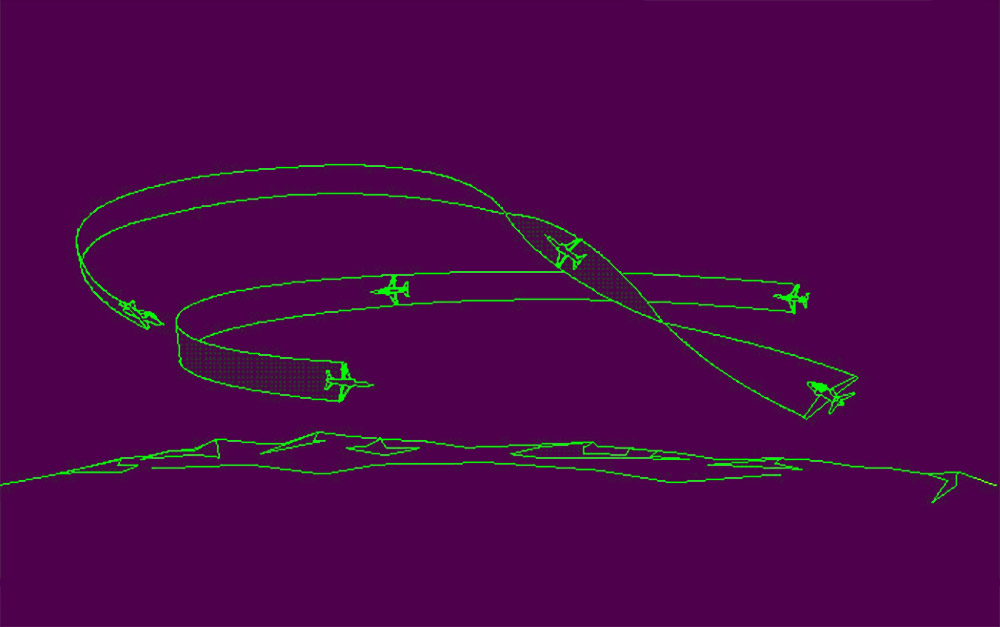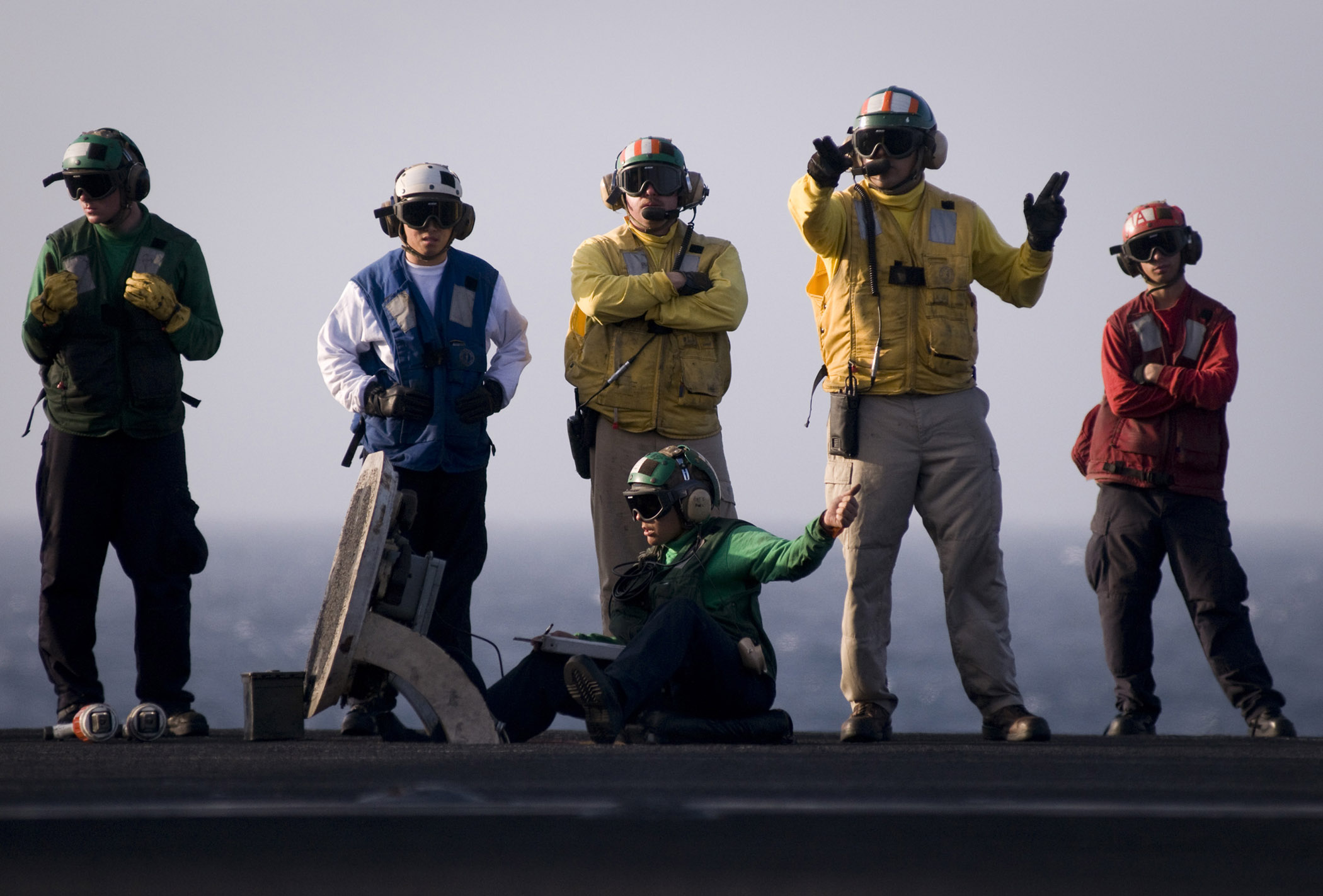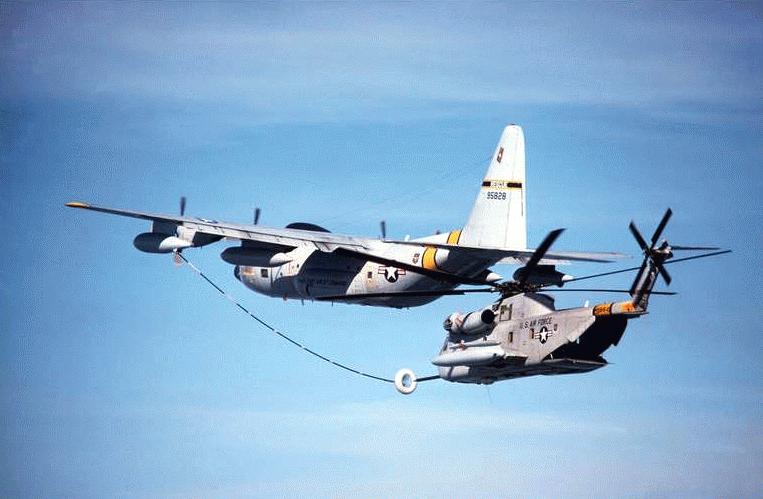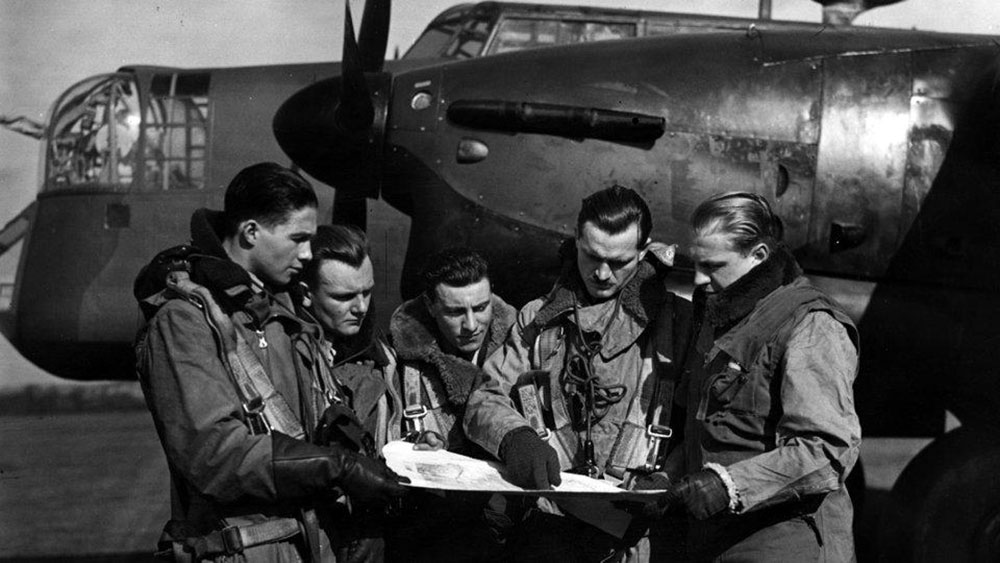How we built an in-house creative agency
One of the best things we ever did for marketing at Koala was fire all our agencies and build out an internal creative team.
Our team of 5 functions just like a creative agency, with the added capability of being a production company when required. We can create everything from a tweet, to a landing page, to a prime-time TVC.
This model is the future of advertising (at least for companies that want to be any good at it), and it brings couple of advantages that not even the best ad agency in the world could compete with.

You don't outsource your sales team, so why do it to the customer-facing part of your marketing team? Today, communicating to your potential customers is too important to outsource, and too easy to get wrong.
Here's why should take creative internal, and an example of the structure, hires and workflow that works well for us.
First up, why go in-house?
Five reasons, in order of importance.
The psychological effect of speed

By going in-house, you'll produce more work in less time.
That's huge... but not for the reasons you think.
How things what usually happens with agencies is you create a brief over 4 weeks, spend 4 weeks on concepts, and 4 weeks to produce the bloody content.
By launch day, you've spent a good chunk of your life on a single piece of work. Not only have you overthought things, you've fallen out of love with the idea due to overexposure, and you're keen to see the end of it.
If the idea fails, you've just burnt 3 months.
Next time, you'll be drawn toward something safer, more vanilla, with a better chance of not-failing. And therein lies the problem.
I'm convinced that lack of speed is the main culprit for the dumb and gutless standard of advertising we've grown to accept.
Speed sets you free, because you can create a loop of action that takes the pressure off your brain. Here's how:
When you work If an idea works, great, if it doesn't, no biggie; we're already thinking about our next one. If it gets backlash, pull it down. People will quickly forget.
It's a purely psychological advantage.
Legendary US Air Force pilot John Boyd called this the OODA loop. (Side note: I can't recommend his biography enough, read it!)
For creative people, speed = less pressure = better ideas.
The feedback loop you never had

One of the saddest things about working in a creative agency is how disconnected from results you are.
You make the ad, but you don't see likes, comments, shares, traffic spikes, view-through rates. You don't see the hate mail, or the love letters.
That's the best bit.
Losing that, you lose the ability to see what works and what doesn't, and learn.
And let's not forget that reading comments and reactions gives you the ego scratch that creative people pine for. And it comes far more often than ad awards.
A feedback loop, combined with speed, is an unassailable advantage for your marketing team. You can test your video or static ads, then tweak as the results start flooding in.
It's the 'Observe' part of the OODA loop mentioned above; the first letter, where the continuous loop starts again.
You will also get amazing feedback and ideas from customers, which you should pass along to the rest of your business.
It's way cheaper

Agencies are expensive, and rightfully so – the work they do is specialised and difficult. I personally think paying for ideas is generally worth it, but paying for the meetings, the 'strategic' set-up slides is not.
It's very difficult to control the output from agencies, because they like to see themselves as management consultants. That means you basically pay a huge chunk to get creatives moving toward the right thing to work on, and it takes weeks.
If you already have a brand that is established and well-liked, this is a waste of time.
Two or three key hires is nearly always cheaper than the retainer and additional fees agencies charge, and its an investment that gets better with time.
You'll have better ideas
Old-school creative geniuses like David Ogilvy and James Webb Young believe the best ideas come from deep study of a product.
The billable-hours business model of today's agencies means that, unfortunately, there is no incentive to spend the time doing this.
That means all the seemingly insignificant details of how products are made, company history, the people behind it, design choices are rarely uncovered. These lead to your product's most interesting (and differentiated) selling-points.

With an internal agency, you will get to know your product like the back of your hand. I'm still uncovering new ways to talk about bloody mattresses, 18 months later at Koala.
My current hypothesis is that a major chunk of any advertising challenge is deciding what to talk about, not how to 'bring it to life' (as ad wankers love to say).
That's supposed to be the job of agency planners. But often, marketers love to dictate boring or undifferentiated propositions for agencies to work on.
Leading to agencies working from the wrong place most of the time.
Going in-house prevents this.
You'll have more ideas
This is the secondary effect of speed.
Modern advertising is a numbers game...
The more ideas you can have, and execute on, the better your chances of a runaway (or, dare I say, viral) piece of content.

Our team tries to write and produce, at the minimum, one new video per week.
More work means more darts, and more bullseyes.
You won't fuck up as much

You can have the best idea, or best bit of content in the world, but if you launch it the wrong way, you're stuffed.
I've seen it happen a million times.
You need to orchestrate PR and social media like a flight controller, where every minute counts. Everyone needs to be in the same room and constantly communicating.

Trusting this to a web of agencies is a recipe for failure. The creative agency hates the PR agency because they're trying to steal their retainer, so communication is non-existent. If you're not in the same room (or at least the same Slack channel), you're up against it.
The copy on a social media post is often more important than the video itself, so you need to get that right (that rules out using external social media agencies).
As a bonus, you can get inside the news cycle and win free media exposure. If you're fast enough, you can create things in a day that would take agencies a week, and ride the wave on Twitter or a cheeky Facebook post.
The people you need to hire
A creative team can scale with your company. It can start small, with a team of two or three, but scales into self-sufficient 'two pizza teams' of four or five.

The non-negotiables: graphic design, copywriting, video editing
Today, you need to be able to produce graphics, words and videos from scratch, so you need people that can do one (or, ideally, two) of these. You also need a leader.
Creative director
Depending on budget, I would shoot for a creative director at an agency, with a background as a designer or art director (who has picked up some copywriting as they have become more senior). These people tend to have experience with film production techniques, having made TV ads.
There are so many good people in agencies that the mind boggles, but convincing them to join you can be tough (they see 'client-side' as 'selling out'). Though art directors tend to have huge workloads at their ad agencies, so are probably easiest to entice. I've written more on convincing them below.
Depending the skillset of the creative director, you can scale the team around them. I'd look towards these hires next to maximise the CD's planning and thinking time.
Graphic designer
Your designer should be able to do print and digital work, and even HTML5 banners. They should mature into an art director role, being able to organise photoshoots, and select on-brand imagery for the website and Instagram accounts.
Copywriter
Because copy isn't always required, I think it's important this copywriter plays the role of chief thinker, and be given time to come up with fully-formed ideas (this is explained below). They should be just as capable with short headlines as long-copy ads and scripts.
Video editor
Video is so important, but that's hard to recognise how powerful it is until you can create and edit lots of it in-house. A junior video editor is sufficient if the creative director has film production experience. Editors who grew up in the last decade also tend to be shooters and photographers as well, and that's what I'd look for.
Multiplying output with producers

Once you have the skills, you can multiply their velocity with with production, planning and negotiation skills. We like to call them producers, and you can often hire these guys from film and TV production, print journalism or PR.
These people are organised, detail-orientated doers. Ideally, they can perform several of the functions below, and each of these can scale-out to individuals or teams as the need requires.
Creative producer
The creative producer gets stuff made. They plan photo and video shoots, booking studios and talent, ordering product, talking to production companies and directors. They are also helpful for seeing tasks through the completion (often because the others become distracted and move on).
Media producer
A media buyer in the old world, they can book your offline media (TV, radio, billboards) and by going direct to media owners, you can often save 10% right off the bat. They also ensure that content is being seen digitally in the right place, and should be in constant contact with whoever is managing your Facebook and YouTube ads platforms.
PR producer
Someone who is willing to build relationships with the press, bloggers and traditional media to get your product covered. They should know how to best email your pitch so it gets opened, and stands a good chance of being covered.
Partnerships producer
A partnerships producer works like a growth marketer, finding mutually-beneficial agreements that are cost-effective (and often involve a contra deal on product). These partnerships can be with not-for-profits, influencers and ambassadors, other businesses in related fields and sponsorships-for-eyeballs.
Rent the special skillsets
We also use specialists like photographers, directors, actors and models when we need a high-standard of execution, but only need them for a day or three.
Our producers find the right cast of characters for whatever we are making.

Film – directors, production companies, lone shooters
If you need extra cameras, you can find very capable lone shooters in your city, who can shoot and give the hard drive to your video editor.
Sometimes, you might need your product or brand to look really good (and appear more legit and trustworthy). Find a gun director you like and email them. Often, you'll find these film directors have a production company that represents them.
You can try and skip the production companies, because they tend to add lots of fat into their quotes, like catering and lots of crew. That's not always possible.
If, however, the idea requires a specific style (like shooting food or a Red Bull Pit Crew), we'll spend the extra money on their support crew to make life easier.
Photography – crew, studios, styling
Photography assets are worth spending on, so don't skimp and get the best photographer (who'll have their favourite crew of 1 or 2 assistants). We found our favourite photographer and stylist duo on Instagram, and now have a direct relationship with them.
We go direct with stylists and makeup artists too, and have built great relationships with the ones we use again and again.
When finding studios to hire, go direct. For real houses and other locations, a location scout will be your best bet.
Talent – models, actors, animals
I used to think that models were overpaid and under-skilled. I was wrong.
There is no greater case of 'you get what you pay for' than in the modelling game. There are lots of online platforms that connect you with aspiring or part-time models and actors, but they'll be less comfortable in front of camera, and you'll lose time on your shoot. That said, if your shoot is a product-demo, and doesn't need on-cue reactions or expressions, go with staff from the office or part-time talent.
We shortlist some models, and get them in for casting to see if they're relaxed and friendly, which makes shoot day infinitely more fun.
In-house studio space
Even if you don't have a physical product, you should develop a video and photography capability in your office.
I love our shoots, because whilst they're not polished, they give our marketing a flavour of who we are as people. It's a kind of honesty that, in the Instagram age, people rally around.
Even better, you can recoup the equipment costs over 4 or 5 shoots.
Basic equipment list
- A good quality DSLR and lense
- A couple of C-stands, for hanging paper rolls (shooting small objects)
- 2 x high-powered HID lights for shooting video (these also work for still photography instead of strobe lights)
- A spare monitor, to hook up the camera to (great for learning about lighting as a group)
- A few shot bags for weighing things down
An example workflow
This is the set of processes, habits and tools we use at Koala in our creative team.

Coming up with ideas
Having ideas is where it starts. But having good ideas is pure alchemy.
It's part talent, part discipline, part lightning-strike. The talent you must hire, the discipline you must create with structure.
In creative agencies, the following structure is the norm:
- A list of ideas are thought-up by a creative team
- They are self-audited and narrowed down
- They are 'fleshed out' with titles, explanations and visual mock-ups
- They are killed or championed by the creative director.
This might seem like a lot of extra work, but its a necessary filtration process.
Concept docs
In step 3 of the creative process above, ideas are compiled into 'self-contained' concepts.
This allows them to live independently can be emailed around, allowing everyone to see the idea from a newcomer's eyes, without the luxury of explanation. At this stage, you are judging the idea on its execution, not its potential.
In your internal creative team, it pays to follow this process (even though it can feel like a waste of time).
Eventually, ideas will come from everyone in the creative team (and later, the whole business). To start with, you need to foster a sense of care with ideas. That they are
Putting ideas somewhere visible
Depending on your workspace, you should have a repository for all the good ideas that you want to execute.
For us at Koala, it's a Trello board with lists for each type of idea, and cards for each idea (and a short explanation). Sometimes, if the idea is good enough and momentum is strong, it'll sneak-through into our weekly sprint.
We'll then go through the list every month and work out which ideas we should bring onto our sprint to execute.
Saying no
A creative director's job at an agency is to say 'no' to ideas that aren't quite right for the client.
With an in-house team, you lose that line of defence. Once you sign-off on something, it's happening. That is the best and worst dangerous thing about this structure.
In that sense, I think of the in-house creative director as an upgraded brand manager. They have to say no to some things, but as a creative director they must produce things too. It's the perfect balance.
Weekly sprints
We practise a bastardised version of software-development agile. Bastardised because creative output is more varied and less-predictable than software.
Basically, the creative director plays the role of product owner (sets the order priorities), and our top producer is the scrum master (controlling information flow and removing blockers).
We break tasks into cards in a weekly sprint Trello board, label them with the respective skillsets (i.e. "editing" or "concepting") and assign them to the relevant people.
We then discuss them at the start of the week, and go through the previous week's work. Unlike software teams, we don't assign 'story points' that implies the size of the task, but we probably could. That would allow us to measure speed.
The problem we face with that is that some tasks, like pre-production of a shoot, takes weeks, and throws those numbers out of whack.
In any case, you can layer-in more techniques from scrum as you go. I'd read Jeff Sutherland's book if you want an overview on the advantages of small teams and sprints.
Having a map of messages and common language
You should have an ordered 'heat map' of things you want to talk about in your advertising. Together, these messages represent and outsiders' view of your brand.
At Koala we print out all of our key messages, and group them into buckets, and stick them on the wall. Everyone in the business can see them, and knows exactly what the brand is opinionated about. Each message has examples below of things we already do, or have done in the past.
It's a heat map, because you can stick your current ads and comms up there, and know where you weak on telling the story you should be.
Pre-launch tests
We like to soft launch all content when possible, because it allows us to tweak a video, or an ad, or body copy, before that piece of content has 'social inertia'.
Social inertia is basically the likes, comments and shares you will lose if you have to remove and re-upload a piece of content.
The best way to test content is an A/B test of two Facebook ad sets or YouTube ad sets with the same audience delivery. Then change the content in ONE area. You can have two versions of the video or photo ad, and work out which has better view-through or click-through stats. You then do the same on the copy on the post.
This can often take a week to get right, and the temptation is to skip it. Don't, as you'll get lots more from your media money, and you'll learn heaps.
Being aligned as a team just before launch is incredibly hard. Don't let the little details be missed at launch.
Measuring ad effectiveness
After your ads have been running for a while, it's a time to see what is working and share those learnings with the team.
We give everyone access to the ad platforms, to see the stats and read the comments for themselves. Comments often contain juicy insights. For Facebook, Instagram and YouTube this is fairly straightforward. A retrospective meeting once a week helps these insights get surfaced and discussed.
For radio and TV, you should have a 'control' city in your media buy where you don't run any ads, so you can measure uplift in traffic in the others.
Really sophisticated tracking of visitors that come from radio and TV can be done with software like Segment and a list of all your spot-times. You basically work out who landed on the site 5 minutes after an ad ran, and follow their journey to purchase.
Convincing candidates to go 'client-side'
People don't always want to work at an internal creative agency, as client side has a certain stigma (I previous wrote about it here).
Here are the chief benefits that I drill-home to potential hires about the benefits (and they're held in direct contrast to what I know goes on at agencies). Feel free to borrow this list:
- Get more done in 3 months than in 3 years of agency work (this is 1000% true).
- Write ads and sign them off. The ad spend and the brand are in your hands.
- Learning opportunity: understand business, marketing and technology to a degree you never have and future-proof yourself.
- See what effect your work is having on a daily basis, with data and ad-impact available on dashboards you have the login to.
- Better work-life balance. No more pitches or 11pm finishes. Keep your plans with your friends and family.
FOE (frequently offered excuses)
"Being creative is not what we're good at" / "it's not our core competency"
Getting your customer's attention and talking to them is something you're probably decent at, otherwise you wouldn't be in business. You probably have a sales or business development team that does exactly that.
A creative team does that too, but instead of talking, it has to shout (to lots of people at once, above the noise of the crowded media landscape).
If you have a marketing team, you should be creative about it. That is, an ability to speak to future and existing customers at scale. An ability to get people interested!
Anything less is lazy.
Sales teams pride themselves on their ability to swallow their fears and cold-call a potential customer. It's about time marketers did the same.
"An agency keeps us humble" / "stops us from believing our own hype."
This is actually a fair point, given how many marketers are unable to see their product through the eyes of regular / uninterested people.
If you start from the assumption that "people don't give a shit" and work backwards, you'll be fine. Also, share your work with people you trust to be honest, and test before you launch to prevent feelings of overconfidence.
"We don't have the skillset"
Then get the skillset for it. Accounts don't shirk the need to know how to use spreadsheets. Editing, Photoshop and writing ability the core tools of engaging communications. They're all skills that people pick up on the side. Hell, if you're lucky, you'll find that some people can do it all. At the very least, book someone into a course on video editing, you'll be surprised by how fast you can learn.
Closing remarks
I'll be keenly following the development of internal creative agencies in the next few years.
If you're taking the plunge, email me if you have any questions about this approach and I'd be more than happy to share more notes.